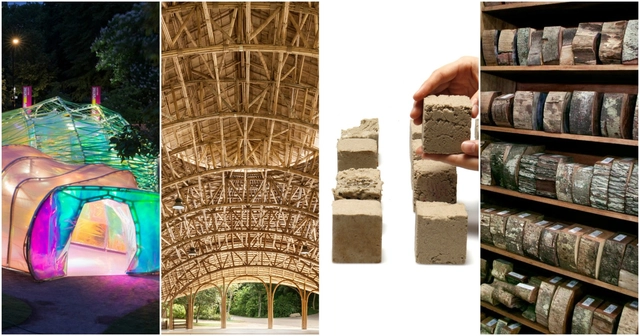
Introduction - the birth of space
Space is a logic, or by subjective intervention in the change of time, this becomes the core of our discussion in the office everyday thinking. In this project, we tried to directly generate the core structure and logic of the space. This year, we've got an opportunity to explore another way of renovation: how to talk with time.


















